Disclosure: This article contains affiliate links. We may earn a commission from purchases at no extra cost to you, which helps our travel content.
When most travelers think of Puerto Rico, their minds immediately drift to San Juan's colorful colonial architecture, the posh boutiques of Condado, or the pristine beaches stretching along the coastline. But just 20 miles south of the capital lies Caguas—a city that's been my secret Puerto Rican obsession ever since I stumbled upon it during a buying trip gone rogue last year. As someone who typically jets between fashion capitals sourcing next season's must-haves, finding this cultural heartland was like discovering vintage Versace at a thrift store price—unexpected and absolutely thrilling. This weekend guide will take you beyond the tourist trail into a city where authentic Puerto Rican culture thrives, where local artisans craft pieces that rival anything I've seen in Milan, and where the food scene delivers flavors that would make any culinary destination envious—all without the markup you'll find in San Juan's hotspots.
Getting Your Bearings: Caguas vs. San Juan
Let me paint you a picture of contrast. San Juan dazzles with its cruise ship crowds and luxury storefronts that could rival Fifth Avenue (albeit on a smaller scale). The capital city is a masterclass in curated experiences—beautiful, historical, and absolutely worth visiting—but it sometimes feels like Puerto Rico packaged specifically for tourists.
Caguas, meanwhile, operates on an entirely different frequency. This is Puerto Rico for Puerto Ricans. The city center revolves around a traditional Spanish-style plaza where locals actually outnumber visitors. The pace is unhurried. Store owners have time to chat. And prices? Let's just say my buyer's radar went into overdrive when I realized how much further my dollar stretched here.
My first visit to Caguas happened almost by accident. After wrapping up meetings with suppliers in San Juan, I had a free afternoon and decided to venture beyond the tourist zones. Armed with my crossbody bag (perfect for keeping essentials secure while leaving hands free for impromptu shopping), I hopped in a rental car and headed south on PR-52.
The 25-minute drive from San Juan to Caguas takes you through lush green landscapes that offer a refreshing contrast to the coastal scenery. As the elevation rises slightly, you'll notice the air becoming just a touch cooler—a welcome relief if you're visiting during Puerto Rico's warmer months.
What struck me immediately was how Caguas feels simultaneously more relaxed and more authentic than its famous northern neighbor. The city has a population of about 130,000, making it Puerto Rico's fifth-largest city, yet it maintains a distinctly small-town charm that invites exploration at a leisurely pace.
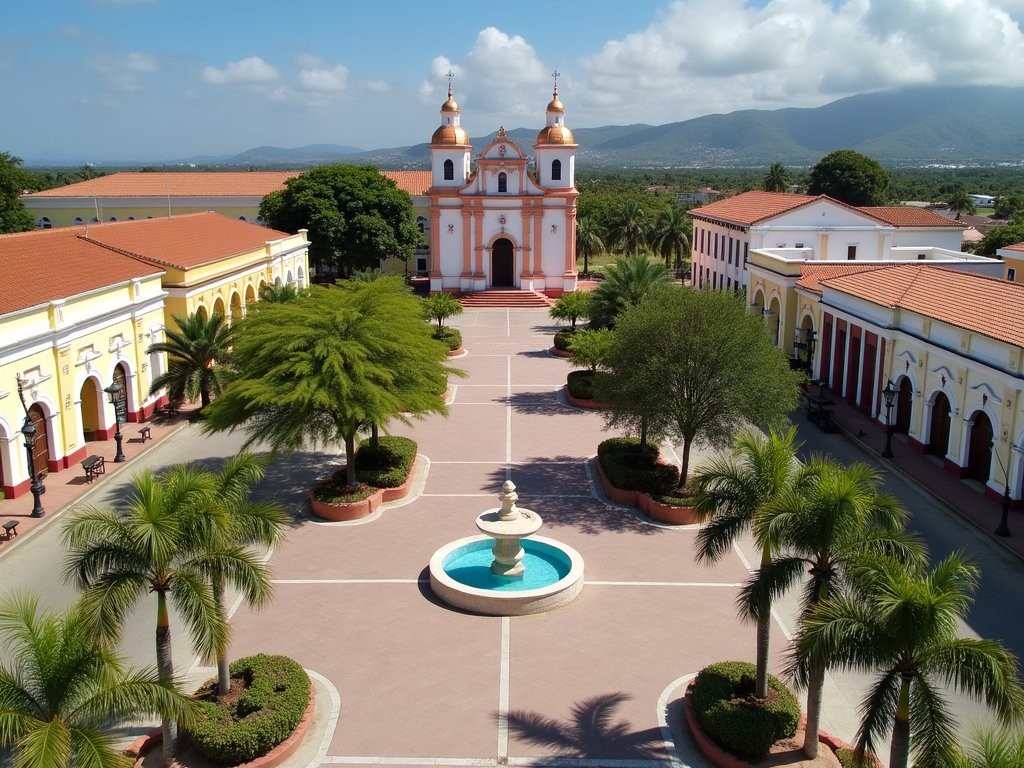
💡 Pro Tips
- Rent a car for the easiest access between San Juan and Caguas—public transportation exists but is limited and time-consuming
- Download offline maps before your trip as cell service can be spotty in some areas between cities
- Visit both cities on the same trip—they complement rather than compete with each other
Caguas: A Cultural Treasure Trove
If San Juan is Puerto Rico's polished storefront, Caguas is its creative workshop—where the island's cultural identity is actively preserved and celebrated rather than simply displayed. My fashion buyer's instinct for spotting authenticity went into overdrive here.
Your first stop should be the Centro Cultural de Caguas, housed in a beautifully restored tobacco factory. This multifaceted venue showcases rotating exhibitions of Puerto Rican art that range from traditional to contemporary. What impressed me most was how the space champions local artists who might never get wall space in San Juan's more commercially-driven galleries.
Next door, the Museo de Historia de Caguas chronicles the region's rich heritage through engaging exhibits that connect pre-Columbian roots to present-day Puerto Rican identity. The museum's collection includes fascinating Taíno artifacts that predate European arrival—pieces with organic shapes and patterns that continue to influence modern design aesthetics.
But the cultural heart of Caguas beats strongest at the Ruta del Casabe (Cassava Route), an interactive heritage trail celebrating one of Puerto Rico's oldest culinary traditions. Here, you can watch artisans demonstrate how cassava bread—a staple food of the indigenous Taíno people—has been made for centuries. The process involves grating the yuca root, pressing out its toxic juices, and cooking the resulting flour on a flat clay surface called a burén.
During my visit, I was invited to try my hand at shaping the cassava dough—a humbling experience that gave me newfound respect for the precision involved in traditional craftsmanship. The finished product has a subtle, earthy flavor that pairs perfectly with the small-batch hot sauces sold at nearby stalls.
For those interested in architecture, the Catedral Dulce Nombre de Jesús anchoring Plaza Palmer showcases Spanish colonial design elements that have influenced everything from luxury retail spaces to contemporary home décor. The contrast between its ornate interior and austere exterior creates a visual tension that designers have been referencing for centuries.
What makes Caguas truly special is how these cultural experiences feel lived rather than performed. There's an authenticity here that can't be manufactured or merchandised—something increasingly rare in our Instagram-optimized world.
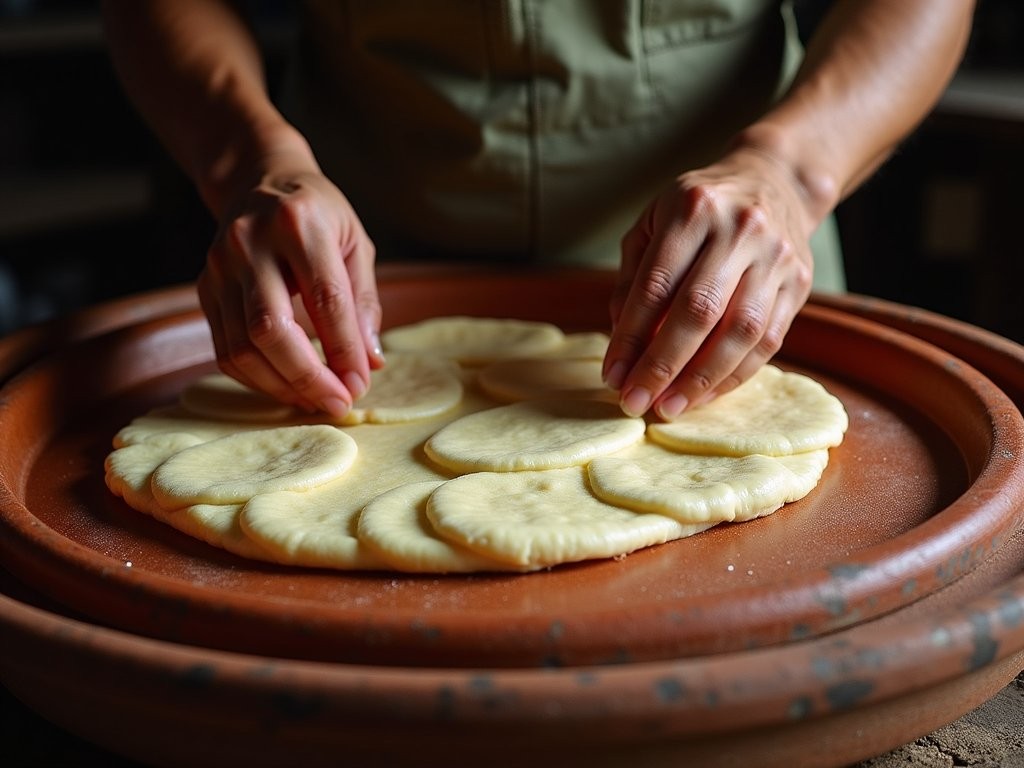
💡 Pro Tips
- Visit the Centro Cultural on weekdays when local artists often work in the open studios area
- The Ruta del Casabe offers hands-on demonstrations on Wednesdays and Saturdays—worth planning your visit around
- Many museums in Caguas are free or suggest small donations, making this a budget-friendly cultural immersion
Shopping Beyond the Tourist Traps
As a retail buyer who spends his professional life evaluating merchandise quality and authenticity, trust me when I say that Caguas offers some of the most genuine shopping experiences in Puerto Rico. This isn't the place for luxury labels or mass-produced souvenirs—it's where you'll find items with provenance, craftsmanship, and cultural significance.
Start at the Mercado Artesanal, a covered market where local artisans sell handcrafted goods directly to consumers. Unlike the tourist-oriented markets in Old San Juan, prices here aren't inflated, and haggling isn't expected or necessary. The artisans take pride in fair pricing that reflects the true value of their work.
During my visit, I was particularly drawn to the santos carvers—artisans who hand-carve religious figures from native woods. These sculptural pieces represent a centuries-old tradition that blends Catholic iconography with indigenous influences. Even if religious art isn't your thing, the technical skill on display is impressive. I purchased a small piece carved from ausubo (ironwood) that now serves as a unique bookend in my apartment—a conversation starter with far more character than anything I could find at a department store.
For those interested in textiles, several vendors offer mundillo lace—an intricate bobbin lace-making tradition brought to Puerto Rico from the Canary Islands. Watching the lace makers work their wooden bobbins with lightning speed is mesmerizing. These pieces make excellent gifts that support a disappearing art form.
What surprised me most was finding contemporary Puerto Rican designers operating small studios throughout Caguas. These creators are producing clothing and accessories that incorporate traditional techniques while embracing modern aesthetics—exactly the kind of authentic innovation I'm always searching for in my professional life.
One standout was a small workshop producing handbags from locally sourced leather combined with hand-woven panels. The craftsmanship rivaled pieces I've evaluated from established European brands, but at a fraction of the price. I couldn't resist purchasing one as both a souvenir and a market research sample.
For capturing these shopping adventures, I relied on my compact camera. Its pocket-friendly size meant I could document interesting finds without lugging around bulky equipment, and the automatic settings handled the varying light conditions from outdoor markets to dimly lit workshops beautifully.
The best part about shopping in Caguas? The direct connection with makers. Every purchase comes with a story—the kind of authentic provenance that luxury brands spend millions trying to manufacture through marketing campaigns.

💡 Pro Tips
- Bring cash for smaller vendors who may not accept credit cards
- Ask artisans about their process—most are happy to explain their techniques and many speak some English
- Look for the official certification mark on items labeled as authentic Puerto Rican crafts
Culinary Adventures: From Street Food to Fine Dining
If I had to choose between the dining scenes in San Juan and Caguas, I'd be torn—they each excel in different ways. San Juan showcases Puerto Rico's emerging status as a global culinary destination, while Caguas delivers authenticity that feels like being invited into a Puerto Rican grandmother's kitchen.
Let's start with Caguas' crown jewel: Restaurante Raíces. Located in a restored colonial building near Plaza Palmer, this restaurant serves elevated versions of traditional Puerto Rican dishes. Their mofongo—a signature dish of mashed plantains typically stuffed with meat or seafood—rivals any I've tried across the island. What sets Raíces apart is their commitment to locally sourced ingredients and traditional cooking methods, resulting in flavors that feel simultaneously nostalgic and fresh.
For a more casual experience, head to Guavate, a nearby area in the mountains above Caguas famous for its lechoneras—open-air restaurants specializing in spit-roasted pork. On weekends, these spots transform into impromptu party venues where locals and visitors alike feast on succulent lechón (roast pork) while live music plays. My pick is Los Pinos, where the pork skin achieves that perfect crackling texture that makes you forget all about diet plans.
Back in downtown Caguas, the coffee culture deserves special mention. Café Don Ruiz operates a small shop that serves beans grown and processed in Puerto Rico's mountain regions. The resulting brew offers complex notes that reflect the island's unique terroir—a welcome alternative to the chain coffee shops that dominate San Juan's tourist areas.
Street food enthusiasts should make a beeline for the area around Plaza Palmer in the evenings, when vendors set up carts selling frituras (fried snacks) like alcapurrias (fritters made from plantains and root vegetables, typically stuffed with meat) and bacalaítos (codfish fritters). I've found that the best strategy is to look for the carts with the longest lines of locals.
During my explorations, I discovered that many restaurants in Caguas offer family recipes that have been passed down through generations. At one small family-owned spot called La Casita Blanca, I was served a coconut-based fish stew that the owner proudly announced was his grandmother's recipe—unchanged for over 80 years.
To document these culinary adventures (because what's a good meal if not immortalized for social media?), I relied on my smartphone gimbal. This compact tool helped me capture smooth video footage of sizzling lechón and steaming mofongo even in crowded, dimly lit settings—perfect for creating food content that makes followers hungry.
What makes dining in Caguas special isn't just the food—it's the genuine hospitality that accompanies every meal. Restaurant owners often stop by tables to chat, proudly explaining the heritage behind each dish and offering recommendations based on your preferences rather than pushing the highest-margin items.
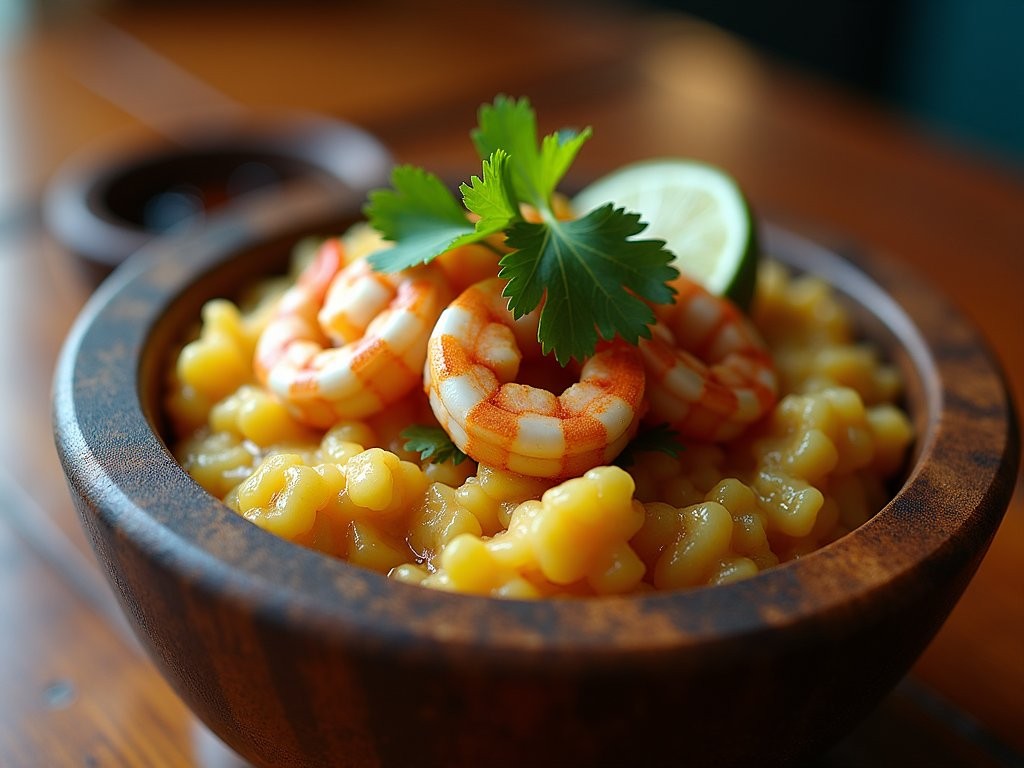
💡 Pro Tips
- Visit lechoneras in Guavate for lunch—many close by early evening, especially on weekdays
- Most restaurants in downtown Caguas are walkable from Plaza Palmer
- Ask for the 'especial del día'—daily specials often feature seasonal ingredients at their peak
Day Trips: Exploring Beyond Caguas
While Caguas deserves to be your home base, its central location makes it perfect for exploring other parts of Puerto Rico that tourists often miss. The city sits at a geographical crossroads that allows for easy day trips in nearly any direction—a strategic advantage I leveraged to see a more complete picture of the island.
Head east for about 45 minutes and you'll reach El Yunque National Forest, the only tropical rainforest in the U.S. National Forest system. While this is admittedly on many tourists' radars, staying in Caguas puts you closer to the less-visited southern entrance. I recommend hiking the El Toro trail—it's more challenging than the popular trails near the northern entrance but rewards you with spectacular views and significantly fewer people.
For my rainforest expedition, I wore my hiking sandals which proved perfect for Puerto Rico's climate—breathable enough for hot weather but sturdy enough for uneven terrain. They also dried quickly after crossing streams, a common occurrence on El Yunque's trails.
To the south of Caguas lies Cayey, a mountain town famous for its roadside food kiosks at Las Vegas. Unlike the lechoneras in Guavate, these kiosks offer a wider variety of Puerto Rican specialties, including amazing alcapurrias (fritters) and pasteles (similar to tamales). The drive itself is worth the trip, with winding roads offering panoramic views of the central mountain range.
Perhaps my favorite day trip was to Hacienda Buena Vista, a 19th-century coffee plantation near Ponce. This living museum offers tours that demonstrate how coffee was processed using water-powered machinery—a fascinating glimpse into Puerto Rico's agricultural heritage. The connection between historical production methods and modern consumption resonated with my interest in supply chains and product sourcing.
For beach lovers, the eastern coast is within easy reach. While tourists flock to Condado and Isla Verde near San Juan, locals prefer the beaches around Humacao, about 40 minutes from Caguas. Punta Santiago offers calm waters perfect for swimming, and the nearby Humacao Nature Reserve features serene lagoons where you can rent kayaks to explore mangrove forests.
One unexpected highlight was discovering Ruta de la Longaniza in Cayey—a food trail dedicated to longaniza, a local sausage specialty. Several restaurants along this route have been making longaniza using family recipes for generations. The variations in seasoning and texture from one establishment to another create a delicious lesson in regional microcultures.
What makes these day trips special is how they connect back to Caguas. The city doesn't exist in isolation—it's part of a rich cultural landscape that extends throughout the island's interior. By using Caguas as your hub, you'll gain a more nuanced understanding of Puerto Rico beyond its beaches and tourist zones.
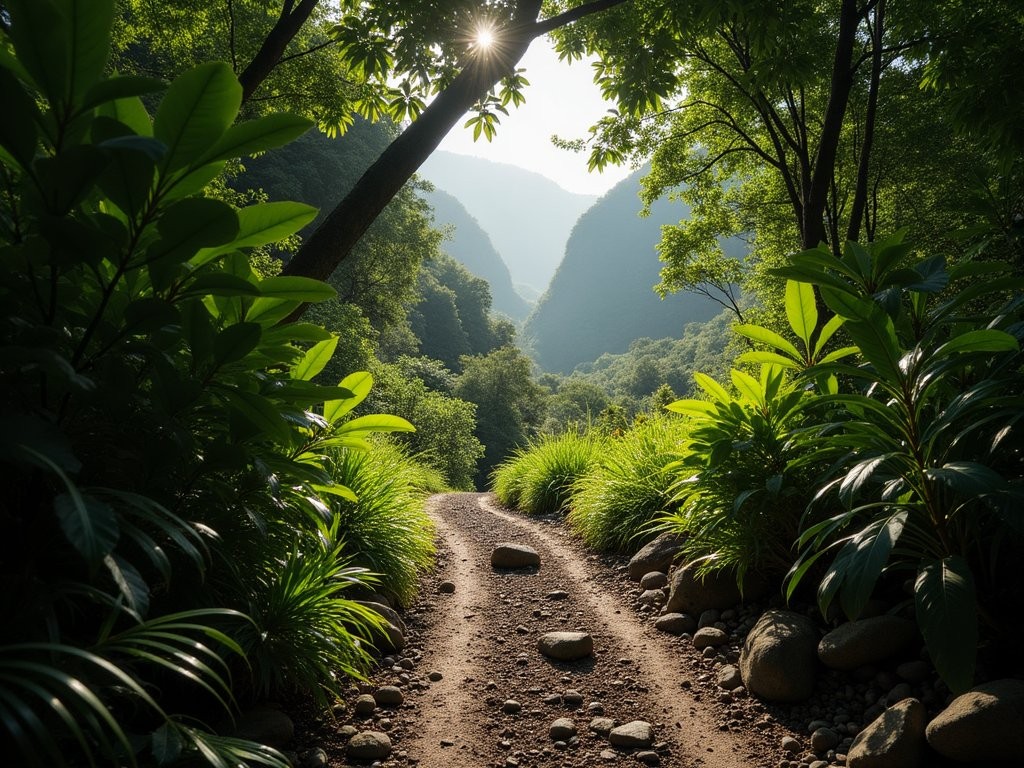
💡 Pro Tips
- Rent a car with good clearance if you plan to explore mountain roads—some routes can be narrow with occasional potholes
- Carry cash for roadside kiosks and small establishments that may not accept cards
- Start day trips early to avoid afternoon rain showers, especially if heading to El Yunque
Where to Stay: Accommodation Options in Caguas
Let's address the elephant in the room: Caguas doesn't offer the same range of accommodations as San Juan. You won't find luxury beachfront resorts or boutique hotels with celebrity-designed interiors. What you will find, however, are authentic options that provide comfortable bases for exploration at prices that will make your wallet significantly happier.
My top recommendation is Four Points by Sheraton Caguas Real. This property strikes the perfect balance between comfort and value, offering clean, modern rooms with all the essentials. The location is ideal—just minutes from downtown Caguas but also convenient for highway access when you're ready to explore further afield. Their rooftop pool provides a welcome respite after a day of exploring, and the on-site restaurant serves solid Puerto Rican cuisine when you're too tired to venture out.
For those seeking a more intimate experience, several guesthouses and paradores (small, locally owned hotels) have emerged in and around Caguas. During my second visit, I stayed at Hacienda El Jibarito, a charming country inn about 15 minutes from downtown. The property features lush gardens, mountain views, and rooms decorated with local crafts. What it lacks in luxury amenities it more than makes up for in character and personalized service.
Airbnb has also made inroads in Caguas, with several well-appointed apartments available in the downtown area. These options often provide the best value, especially for couples or small groups. I browsed several listings that offered stylish interiors showcasing Puerto Rican design elements at nightly rates roughly half what you'd pay for comparable spaces in San Juan.
One unique option I discovered through a local connection is Finca Victoria, a small coffee farm that offers two guest cottages. Staying here provides a fascinating glimpse into Puerto Rico's agricultural traditions, with the bonus of waking up to some of the freshest coffee you'll ever taste. The owners offer informal tours of their production facilities and are wealth of information about sustainable farming practices.
While researching accommodations, I found my packing cubes invaluable for keeping organized while moving between different types of lodging. These lightweight organizers kept my retail-buyer-on-the-go wardrobe neatly compartmentalized whether I was staying in a standard hotel room or a more compact guesthouse.
The limited accommodation options in Caguas actually contribute to its charm—you won't find the homogenized tourist infrastructure that can make destinations feel interchangeable. Instead, each property has its own distinct personality, often reflecting the owners' pride in Puerto Rican heritage.
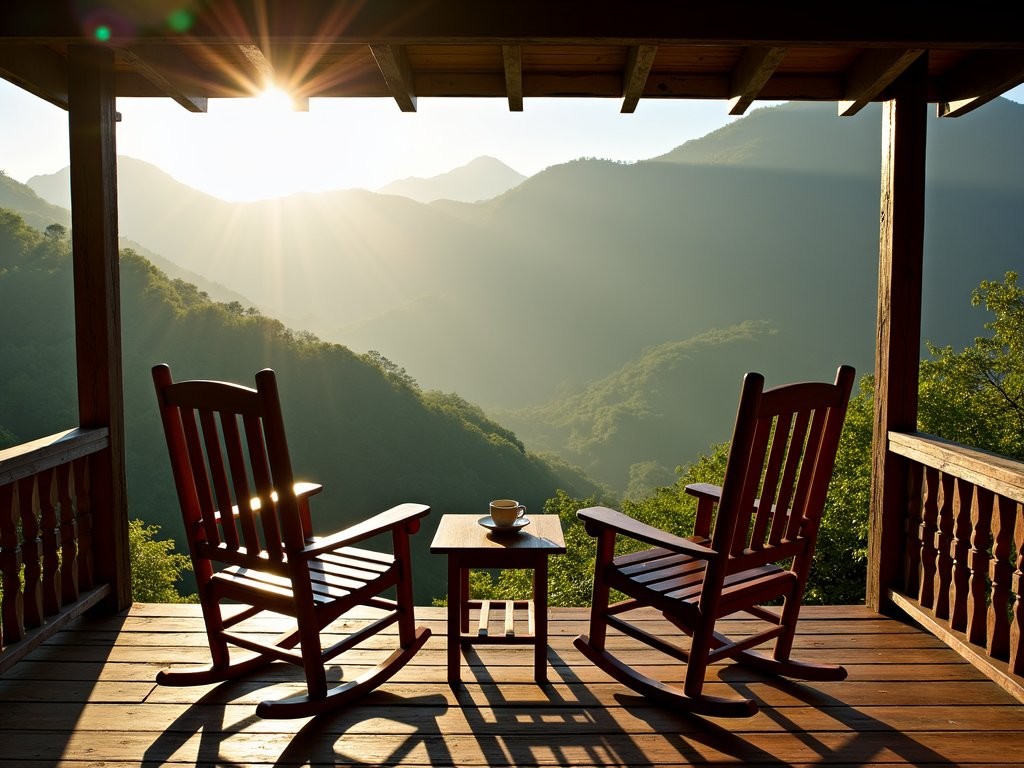
💡 Pro Tips
- Book accommodations well in advance if visiting during major festivals or holidays
- Consider splitting your stay between Caguas and San Juan for a more complete Puerto Rico experience
- Ask your hosts for dining recommendations—they often know hidden gems that don't appear on review sites
Final Thoughts
As I packed my bags after that first unexpected weekend in Caguas, I realized I'd experienced a side of Puerto Rico that most visitors never see—one where cultural authenticity hasn't been polished away for tourist consumption. The city offers a perfect counterpoint to San Juan's more curated experience, creating a balanced Puerto Rican itinerary that combines the best of both worlds. In Caguas, I found the same warmth and vibrancy that draws travelers to Puerto Rico, but with an unfiltered genuineness that felt like discovering a designer's original sketch rather than the mass-produced final product. Whether you're sampling longaniza in a family-run eatery, watching skilled hands transform wood into santos, or simply chatting with locals in Plaza Palmer as evening falls, Caguas rewards travelers willing to venture beyond the obvious. So next time you're planning a Puerto Rican getaway, consider this: San Juan might be the island's polished storefront, but Caguas is where you'll find its beating heart.
✨ Key Takeaways
- Caguas offers authentic cultural experiences at significantly lower prices than San Juan
- The central location makes it an ideal base for exploring Puerto Rico beyond the tourist zones
- Local artisans and food producers provide opportunities to purchase unique, high-quality souvenirs
- Combining Caguas and San Juan in one itinerary provides a more complete understanding of Puerto Rican culture
📋 Practical Information
Best Time to Visit
year-round, though December to April offers the most pleasant weather
Budget Estimate
$75-150 per day excluding accommodations
Recommended Duration
2-3 days minimum
Difficulty Level
Easy
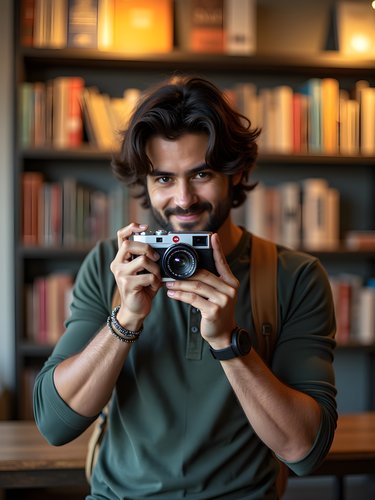
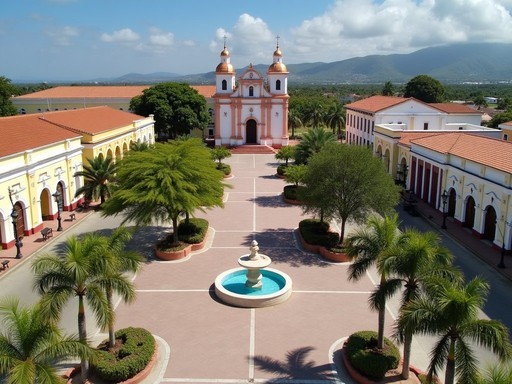
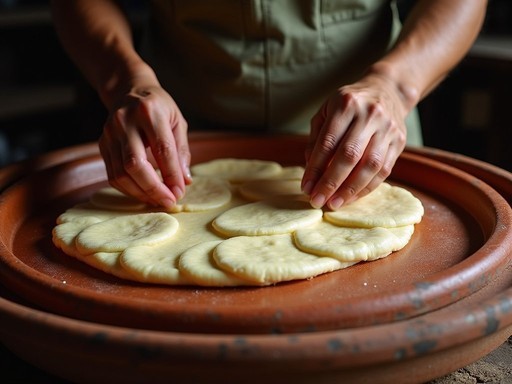
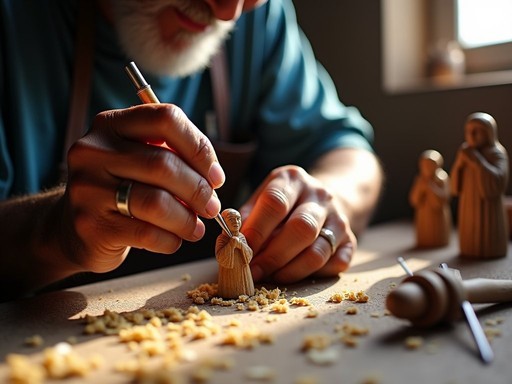

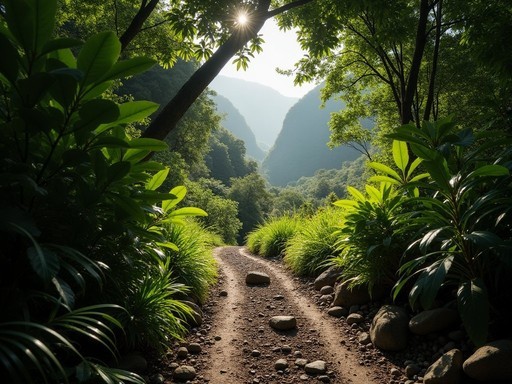
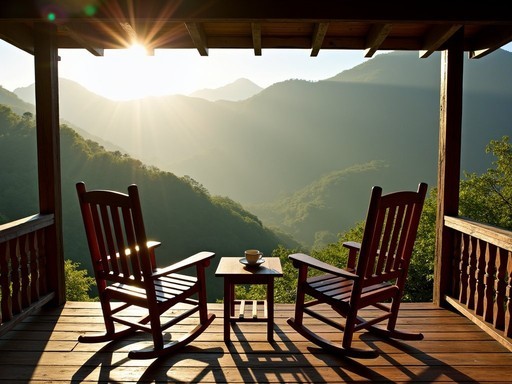


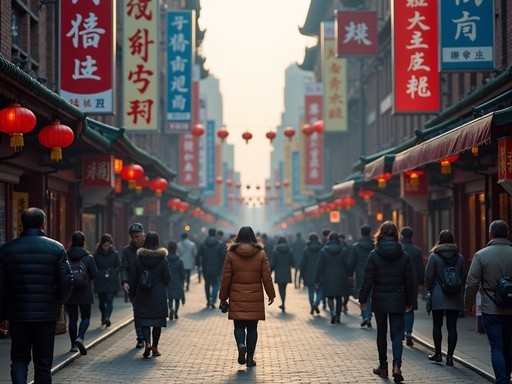
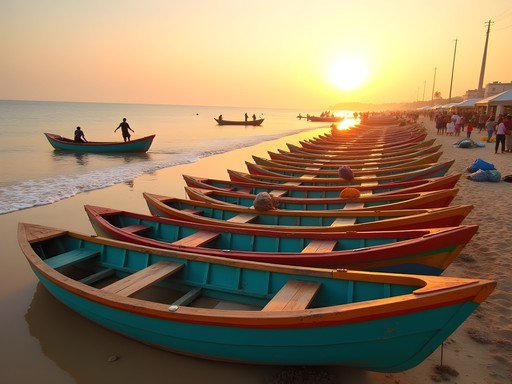
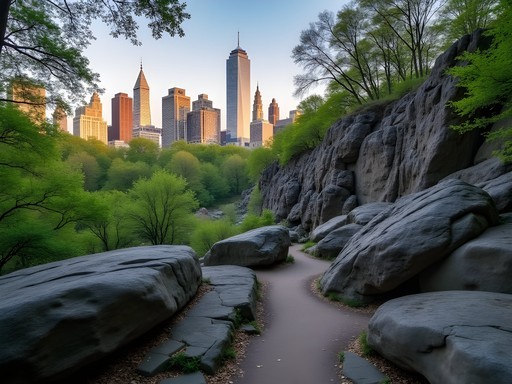
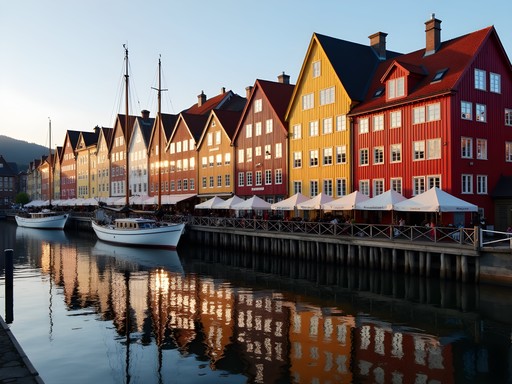
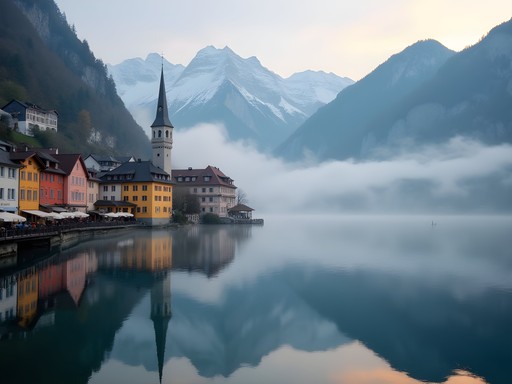
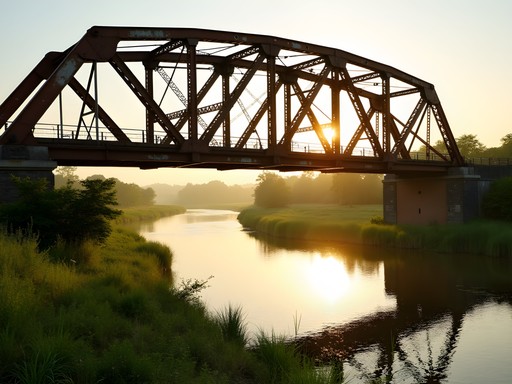
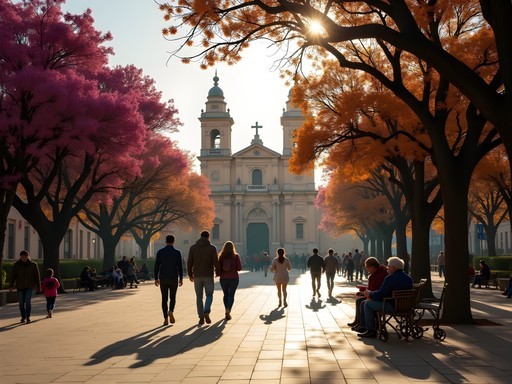
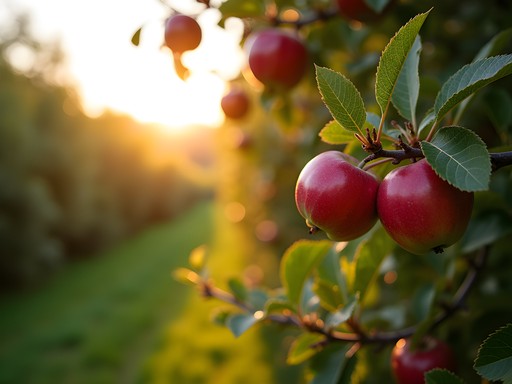
Comments
freewanderer
Been there, loved it. The botanical garden is spectacular.
mountainexplorer848
I've been to Puerto Rico twice but never made it out of the San Juan/Fajardo areas. Feeling like I really missed out now! Adding Caguas to the list for next time. Is it safe for solo travelers?
Adam Nichols
I spent a week solo in Caguas last year and felt completely safe. Like anywhere, just use common sense. The central area around Plaza Palmer is well-lit and active into the evening. The locals were incredibly helpful when I got lost trying to find my Airbnb!
travelninja
OMG those street food photos have me drooling!! 🤤 Booking tickets to PR right now!!
Jennifer Rodriguez
I visited Caguas last year while researching for my budget travel series. The cost difference between staying here vs. San Juan was substantial - I saved about 40% on accommodations and food was noticeably cheaper too. The Caguas Art Museum was a highlight and completely free on Wednesdays! One tip for budget travelers: consider staying in Caguas and making day trips to San Juan rather than the other way around. I used my pocket guide to plan my itinerary and it had great suggestions for Caguas that most tourists miss.
smartgal4629
Any specific restaurants you'd recommend in Caguas? Planning a day trip there next month.
Jose McDonald
Don't miss Raíces Restaurant for authentic Puerto Rican food, or El Mesón Sandwiches for a quick local bite. For something more upscale, X.O Le Bistro is fantastic!
roamvibes
We actually stayed in Caguas for 3 days last year when our San Juan accommodations fell through and it was such a happy accident! The Botanical Garden was incredible and we had the BEST mofongo at this little place near the main square. The locals were so friendly too. Definitely agree it's worth exploring beyond San Juan!
moonvibes
This sounds amazing! How easy is it to get from San Juan to Caguas without renting a car? We're planning a trip in November and would love to add this to our itinerary!
Jose McDonald
Public transportation is pretty reliable! There are regular buses from San Juan, or you can grab a público (shared taxi) from the Río Piedras terminal. Only about 20-30 minutes depending on traffic.
moonvibes
Thanks so much! That sounds doable for us then.
nomadzone
Those shots of the botanical garden are stunning! What camera did you use? The colors are so vibrant.
Jose McDonald
Thanks! Just my trusty phone camera (Pixel) with a bit of editing. The gardens are even more colorful in person!
backpackclimber
Just booked my tickets to PR and definitely adding Caguas to the itinerary after reading this! Thanks!
skyace
You won't regret it! Make sure to try the mofongo at El Laúd if you go. Best I had on the island.
Haley Hamilton
Jose, you nailed it with this post! I backpacked through Puerto Rico last summer and stumbled upon Caguas by chance when I met some locals in San Juan who insisted I check it out. The Botanical Garden was a peaceful escape from the tourist crowds, and I spent an entire afternoon at that coffee shop you mentioned - Café Don Pepe? The owner told me stories about the history of coffee cultivation on the island while I sampled different brews. And that street art in the downtown area! I spent hours just wandering and photographing the murals. For anyone visiting, don't miss the weekend market - I found the most beautiful handmade jewelry there that I still get compliments on.
Venture X
Premium card with 2X miles, $300 travel credit, Priority Pass